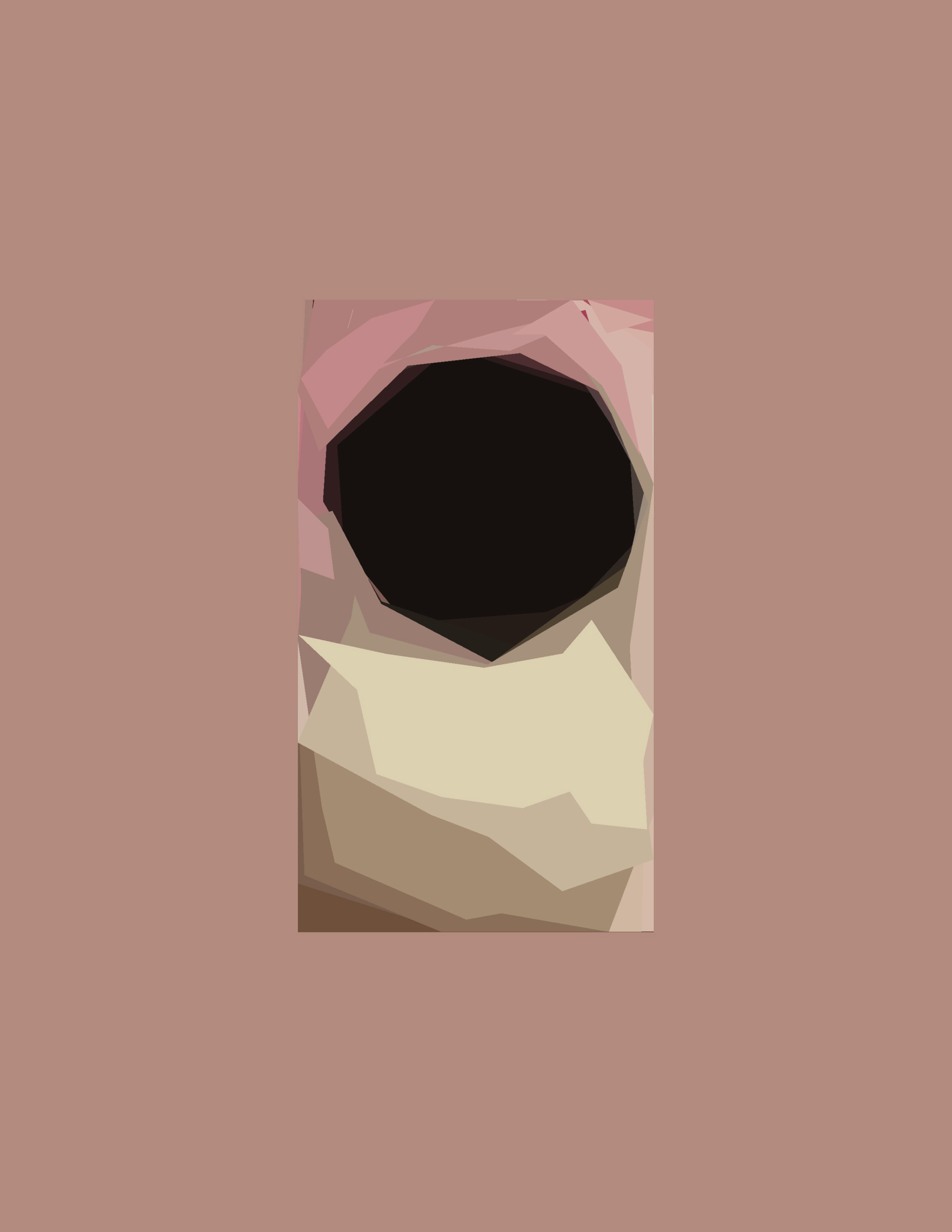The Black Doll (2017)
![“Sweet Indian Doll III”]()
![“German Black-Complexioned All-Bisque Doll by Gebruder Kuhnlenz"]()
![“Very Rare American Paper Mache Black Character Doll ‘Cleota’ Attributed to Leo Moss”]()
![“Black African American Negro Mammy Doll in Red Polka Dot Garment Fabric”]()
![“Sonneberg Black-Complexioned Bisque Doll by Gebruder Kuhnlenz”]()
![“Composition Doll III”]()
![“Ethnic Doll II”]()
![“Sonneberg Black-Complexioned Bisque Doll with Character Expression”]()
![“OOAK Vintage Black Francie Doll II”]()
![“Angel, A Dark Black Baby Doll, I Think She's Vintage”]()
“With striking formal regularity and colourful geometric abstraction, her images are the result of the digital re-creation of pictures of vintage ethnic dolls from websites like Ebay. At the same time as expressing depersonalisation, they are similarly an attempt to challenge visual stereotypes, and to perhaps also re-appropriate colour from the symbolic taint of history.”
— Daniel Pateman (Photomonitor UK)
About This Project
, 









African-American female slaves were the earliest makers of black dolls for their own children while the mass production of these dolls (for more seemingly sinister purposes) dates back to late 19th century toy production in Germany and France. By appropriating the listing photos of black vintage dolls for sale on e-commerce sites like Etsy and eBay, I have created a collection of new non-gestural, digital images rooted in the aesthetic tradition of geometric abstraction.
Across cultures, dolls have commonly been used to represent the human figure; to instill in girls a sense of care and maternity. Though for many children of color, the dolls chosen for us are also our first introduction to the divisive concept of “race”, specifically if the doll’s skin tone or features do not match our own.
As a child, the darkest doll I had was a Hawaiian Barbie that was popular for her unique features of caramel skin, brown eyes and silky, jet-black hair that flowed past her waist. She was starkly different from your typical Barbie. Now as a mother, I question the roles dolls play in establishing conventional expressions of gender and racial identity. I am further interested in how the mass production of these dolls have perpetuated or upheld stereotypical opinions about femininity, motherhood and blackness.
The Black Doll series pairs each new abstracted image with the seller’s original item description, sparking an interplay between social representation and personal memory. What happens when these doll images are (digitally) broken down into basic, formal elements of shape and color? What meaning, if any, can we derive from their descriptions/captions? Can abstraction be used to deconstruct racial and gender stereotypes?
What you see here is a selection of the images in this series, please contact me to inquire about viewing more.
︎ BUY a copy of the zine TOPSY TURVY (2022) featuring the second installment of this series.